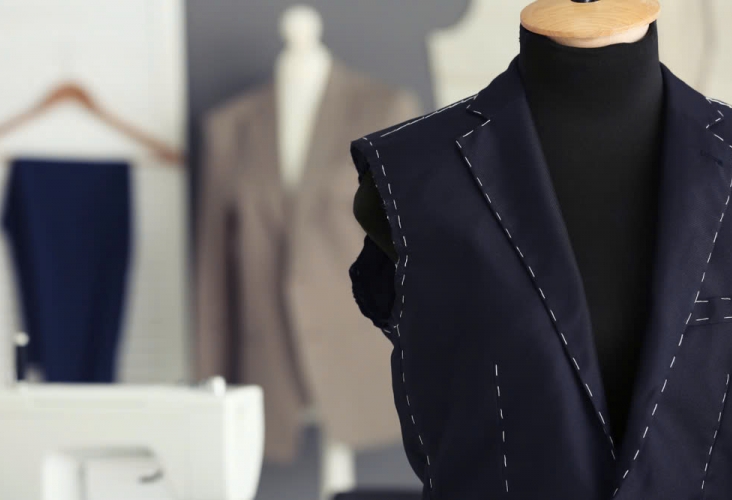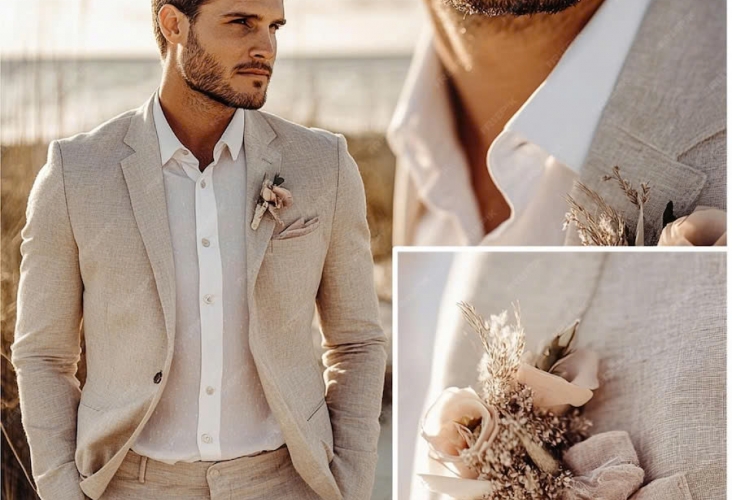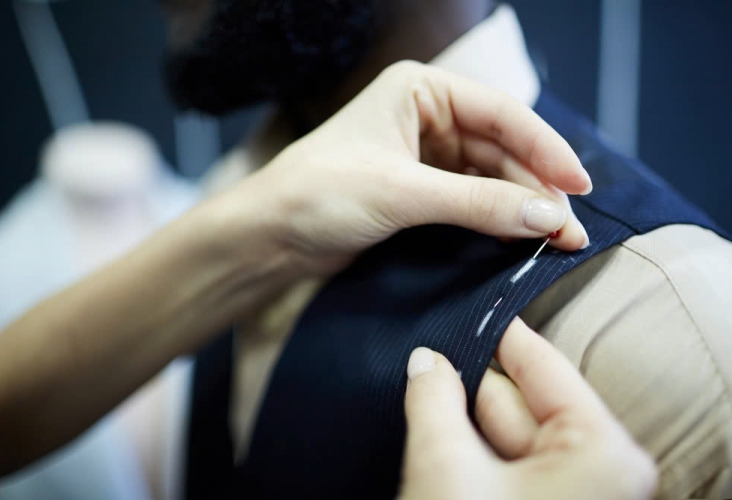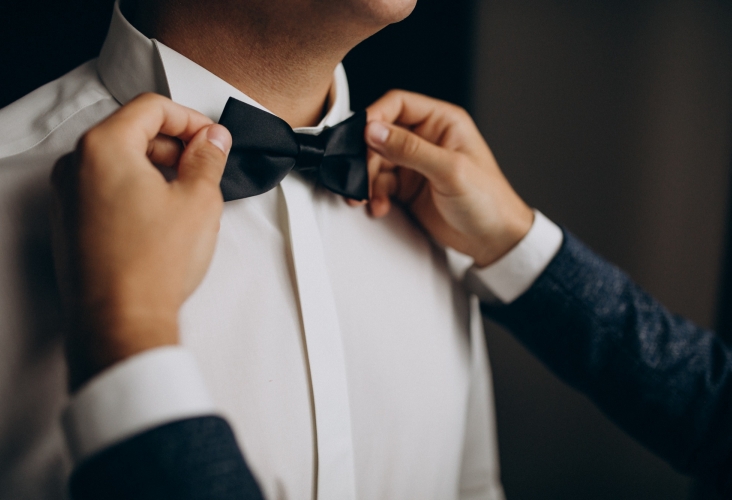In the world of professional attire, the classic combination of a suit and tie remains an enduring symbol of elegance and professionalism. This pairing not only signifies formality but also highlights a commitment to looking refined and attentive to detail.

A carefully chosen suit and tie ensemble can greatly enhance your overall look, offering a sophisticated and confident appearance. To achieve the ideal combination that reflects your style, consider the following essential aspects.
Color Harmony
When it comes to color coordination, it's more than just choosing colors that complement each other. Analogous colors, which are adjacent on the color wheel, such as a navy suit with a light blue shirt and a teal tie, create a seamless and polished look. Conversely, a contrasting color scheme, where colors are opposite each other on the wheel, like a navy suit paired with a white shirt and a bold red tie, can make a powerful statement.
Material and Quality
The choice of fabric for your suit and tie significantly impacts the overall impression of your outfit. Wool is the preferred material for suits due to its versatility, comfort, and durability. For ties, silk is often the top choice, known for its luxurious texture and refined appearance. However, linen and cotton can also be excellent options depending on the occasion and climate.
Fit
The fit of your suit is crucial. Even the finest suit will fall short if it doesn’t fit properly. Opt for a custom-tailored suit that aligns with your body shape and allows for comfortable movement. A well-fitted suit not only enhances your silhouette but also boosts your confidence. In Dunnio Tailor, tailored suits are celebrated for their exceptional blend of style and comfort, thanks to skilled local tailors.
Pattern Coordination
Incorporating patterns can add dimension and flair to your outfit. Whether it's stripes, checks, or plaids, patterns can introduce visual interest. When combining patterned suits and ties, ensure that the patterns complement rather than compete. A balanced approach to mixing patterns will help avoid a cluttered appearance.
Occasion
The nature of the occasion plays a crucial role in your choice of suit and tie:
- Formal Events: For high-profile events, choose a dark, well-tailored suit in black or navy. Pair it with a classic white shirt and a tie that is either solid or subtly patterned.
- Business Casual: For more relaxed business settings or office events, lighter suits and patterned ties can reflect your personal style while maintaining professionalism.
- Social Events: Social gatherings offer more freedom to experiment with colors and patterns. This is the ideal time to showcase creativity with bold designs or unique accessories like bow ties.
Choosing the right suit and tie combination involves several considerations, but it doesn’t have to be overwhelming. By focusing on color harmony, fabric quality, fit, patterns, and the event type, you can simplify the process and ensure a polished, stylish outcome that truly represents your personal taste.

















